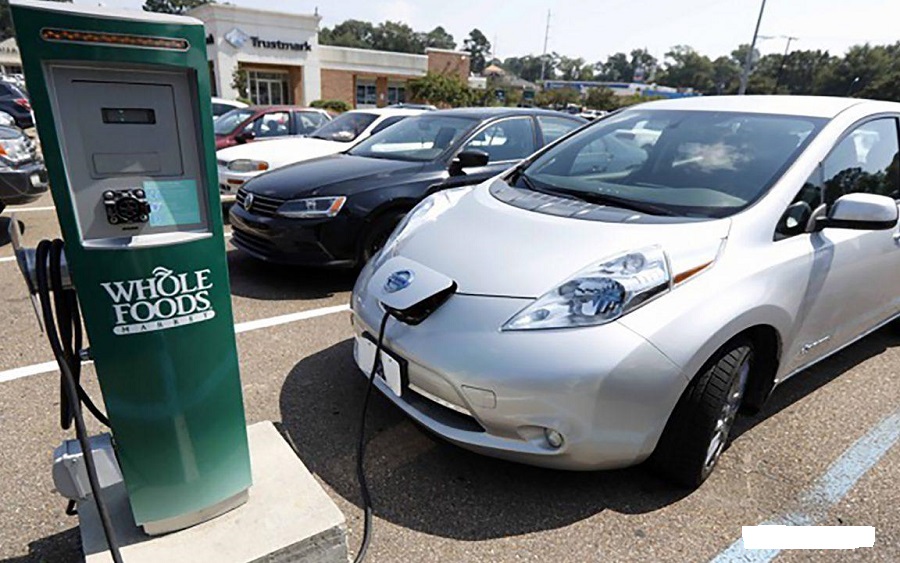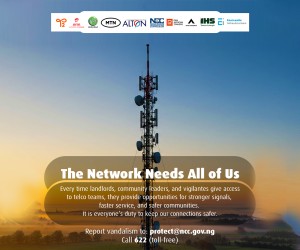Article summary
- Nigerian government adopts National Automotive Industry Development Plan (NADIP) to increase local production of vehicles and promote electric vehicles.
- Target set to reach 40% local content and 30% locally produced electric vehicles by 2033.
- Challenges include lack of electricity access, infrastructure, and public awareness about electric vehicles.
Last week, the Nigerian Government said it had adopted a new National Automotive Industry Development Plan (NADIP) from 2023 to 2033. This was announced by the country’s Trade Minister, Otunba Adeniyi Adebayo after the Federal Executive Council meeting on May 10, 2023.
According to Adebayo, the policy is aimed at enabling the exponential increase in the local production numbers of vehicles, reaching 40% local content, and attaining 30% locally produced electric vehicles, generating one million jobs, and enforcing patronage of locally produced vehicles by government and companies working on government contracts as well as boosting research and development and technology transfer.
Past commitments
In December 2021, Jelani Aliyu, the Director General of the National Automotive Design and Development Council (NADDC), said that the Council got the approval of the federal executive council (FEC) to implement the National Automotive Industry Development Plan, which will help to promote local production, development of infrastructure, and the development of standard and market development.
So that by 2031, 50% of the cars on Nigerian roads will be electric vehicles that were either produced or assembled locally.
Meanwhile, in August 2022, Nairametrics reported that the National Agency for Science and Engineering Infrastructure (NASENI) signed agreements with Israeli company, Peramare Enterprise and Japanese company, SIXAI, to manufacture and assemble electric vehicles in Nigeria.
It is important to note that Nigeria already has some active electric vehicle players. They include Hyundai Kona Electric, Jet Systems Motors, GIG Logistics, Max-NG, and Phoenix. However, the market is not ready yet.
Nigeria’s electric vehicle market is growing, but not fast enough. For Nigeria to actively partake in the global electric vehicle market, the Nigerian government must partner with investors in the sector to fund infrastructure projects such as charging stations, stable power supply in charging stations, and maintenance facilities.
Policy is done, what next?
The policy developed by the federal government is a laudable one. However, some things need to be put in place first. Although the International Energy Agency (IEA) has said that electric vehicles will displace internal combustion engine vehicles in coming years, the agency has also noted that over 140 million people currently do not have access to energy in Nigeria, which is about 71% of the country’s population.
The lack of electricity access has also hampered business activities and the narrative is yet to change. Businesses especially manufacturers, are cutting operational costs and reducing the quality of their products, just to cope with rising electricity costs because of their dependence on diesel and petrol generators.
An electric vehicle market player, Olufemi Oyefodunrin who is the country manager at Podlocker EV, told Nairametrics that electricity access is important and should be improved on so companies who are producing locally can also install charging infrastructure.
This has to happen if the country will effectively implement all policy and paper steps in local EV production.
According to him, Nigerians also need orientation on what EVs are and how they work as well as the advantage they have over internal combustion engine (ICE) vehicles (petrol vehicles). He said that these are the foundations to a great execution plan. Without these, the policy just looks good on paper.
What you should know
Mordor Intelligence data suggests that Africa’s electric vehicle market was valued at $11.94 billion in 2021 and is projected to reach $21.39 billion by 2027. However, the market has constraints such as a lack of charging infrastructure, which may hamper the market growth.





















